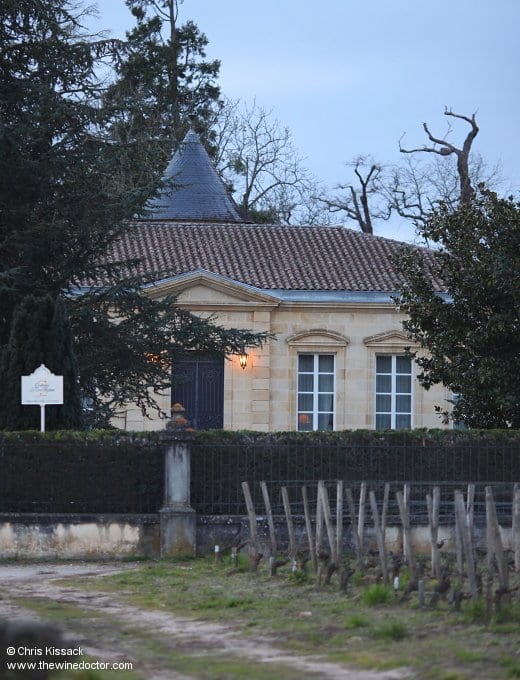Château La Tour Figeac
The history of Château La Tour Figeac begins with Château Figeac itself, one of the two grand châteaux that lie on the gravelly soils of the Graves St Emilion at the western end of the St Emilion appellation, the other being Château Cheval Blanc of course. These three châteaux are related, in that both Château La Tour Figeac and Château Cheval Blanc began life as part of the Château Figeac vineyard. Indeed, many properties in this corner of Bordeaux started out as part of Château Figeac, once a very grand estate that was spread across 200 hectares of the commune.
It was Jacquette, Comtesse de Carle-Trajet, who commenced the gradual break-up of the Figeac estate, the most significant action coming in 1832 when she granted a métairie, in other words a farming tenancy, on 15 hectares of her land to Jean-Jacques Ducasse (1796 – 1854). A few years after this first agreement was made Ducasse took, in 1838, another 16 hectares, and it was from the vineyard formed with the combining of his two parcels that Château Cheval Blanc grew. Subsequent to this the Figeac estate was further divided, and thus it eventually gave rise to numerous nearby estates the first of which to appear was Château Rebeyrolle, derived from a section of the Figeac vineyard owned by a Monsieur Chauvin (who also crops up in my Château Chauvin profile), and better known today as Château Grand-Barrail-Lamarzelle-Figeac. It was subsequent to this that Château La Tour Figeac was born.

